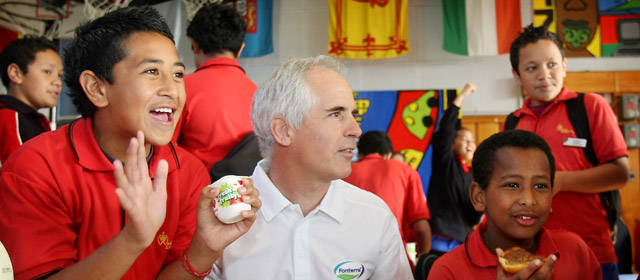Story summary
Māori, 1840–1945
Māori were originally a majority in New Zealand, controlling all the land and fisheries. However, by the end of the 19th century they had lost much of their land and resources. Until the 1890s the Māori population was decreasing because of diseases introduced by Europeans. Māori lived in poorer, more crowded housing than Pākehā.
Māori were able to vote, and the four Māori political seats were set up in 1867. From 1898 Māori could receive the old-age pension, but it was only two-thirds of the Pākehā rate.
Asians, 1840–1945
Chinese people arrived in New Zealand during the 1860s gold rushes, and Indians arrived around the First World War. After 1881 Chinese had to pay a poll tax to enter New Zealand, and were not allowed to become naturalised citizens. From 1898 to 1936 neither Indians nor Chinese could receive an old-age pension.
Irish Catholics
Irish Catholics were discriminated against in recruiting migrants, and in employment. Fewer of them were in high-status professions, and more were in prison than other immigrants from Britain and Ireland.
Ethnic diversity since 1945
After the Second World War many Māori migrated into the cities for work. Pacific Islanders were encouraged to move to New Zealand as workers from the 1950s – but in the 1970s they were accused of being overstayers. From the mid-1980s a wider range of migrants – many from Asia – arrived in New Zealand.
In 2013 Māori, Pacific and Asian people combined were almost 35% of the population.
Income, occupation and education
In 2013 the average income of Māori was 78.9% of that of non-Māori. Māori and Pacific people were more likely to be unemployed. They were more likely to work in manual jobs and less likely to be professionals than Pākehā or Asians.
In 2013 one-third of Māori aged 15 and over had no school qualifications. Only 6% of Māori and 2% of Pacific people had bachelor's degrees.
Housing, health and justice
Māori and Pacific people are less likely than other groups to own their own homes, and more likely to live in overcrowded houses. They have poorer health and higher death rates. Māori are hugely over-represented in the prison population – probably a result of other forms of inequality they experience.
Changes over time
By 2036 Māori, Pacific and Asian people are expected to make up just over 50% of the population. Life expectancy, income and education levels are all improving for Māori and Pacific people.





